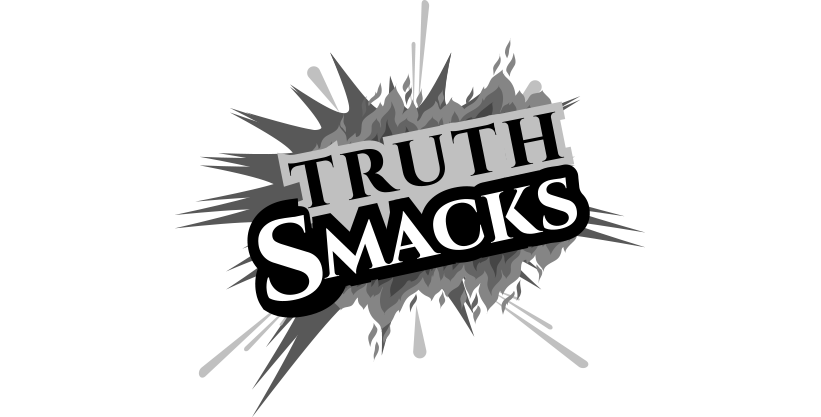The Impact of Web Animation on User Experience
In the dynamic landscape of web design, the incorporation of Web Animation has emerged as a powerful tool to elevate user experience (UX). ‘Web Animation’ refers to the strategic use of motion and transitions within a website’s design, encompassing a range of elements such as moving images, transitions, hover effects, and scrolling animations. This article delves into the symbiotic relationship between web animation and user experience, exploring how well-crafted animations can captivate audiences and enhance the overall usability of a website.
Understanding Web Animation:
Web animation is a multifaceted concept that involves the integration of dynamic elements to create visually engaging and interactive interfaces. These animations can serve various purposes, from providing feedback on user interactions to guiding users through navigation seamlessly. The goal is to strike a balance between aesthetics and functionality, ensuring that animations contribute meaningfully to the user experience.
The Role of ‘Web Animation’ in User Engagement:
Engagement is a cornerstone of effective web design, and web animation plays a pivotal role in capturing and sustaining user attention. Well-designed animations can transform a static website into a dynamic and immersive experience. They act as visual cues, guiding users through content and drawing attention to key elements. From subtle hover effects to more pronounced scrolling animations, each motion serves a purpose in keeping users engaged and invested in the site.
Feedback Mechanisms and User Interaction:
One of the primary functions of web animation is to provide feedback on user interactions. When a user clicks a button or submits a form, animations can offer visual confirmation, enhancing the overall responsiveness of the interface. For instance, a button changing color or size upon interaction not only provides feedback but also adds an element of delight to the user experience. This aspect of ‘Web Animation’ is crucial in creating an intuitive and user-friendly interface.
Enhancing Navigation Through Transitions:
Smooth transitions between pages or sections contribute significantly to the overall user experience. ‘Web Animation’ can transform navigation from a functional aspect to a visually pleasing and seamless journey. Animations guide users through the structure of the website, making it easier for them to understand the relationships between different pages or sections. The fluidity of transitions can minimize the cognitive load on users, creating a more enjoyable and efficient navigation experience.
Storytelling and Branding Through Animation:
Beyond functional aspects, web animation can be a powerful storytelling tool. Elements like animated logos, illustrations, or mascots contribute to the narrative of a brand. ‘Web Animation’ allows for the creation of a distinctive and memorable brand image, fostering a connection between the brand and the audience. This visual storytelling through animation adds a layer of personality to the website, making it more than just a collection of pages but a dynamic representation of the brand’s identity.
Loading Screens and Progress Indicators:
Loading screens and progress indicators are areas where ‘Web Animation’ shines in improving the user experience, especially in situations where users have to wait. Animated loading screens make the wait time feel shorter by providing users with visual stimuli. Progress indicators, when animated, not only inform users about the status of their actions but also make the waiting experience more engaging. Thoughtful use of animations in these scenarios contributes to a positive perception of the website’s performance.
Microinteractions: Elevating User Interactions:
Microinteractions, the subtle animations that occur in response to user actions, are integral to the success of ‘Web Animation.’ These small, nuanced movements, such as a button changing color on hover or a menu smoothly expanding, contribute to the intuitiveness of the interface. Microinteractions enhance the overall user experience by providing visual feedback for every interaction, making the website more user-friendly and enjoyable.
Mobile Responsiveness and Animation:
Mobile responsiveness is a critical consideration in contemporary web design, given the prevalence of mobile devices. ‘Web Animation’ is particularly effective in enhancing mobile user experiences. The limited screen space on mobile devices makes well-designed animations essential for simplifying navigation and conveying information effectively. Animations can replace traditional navigational elements, creating an intuitive and efficient mobile browsing experience.
Accessibility Considerations in ‘Web Animation’:
While animations can significantly enhance the user experience, it is crucial to consider accessibility. Some users may have visual or cognitive impairments that can impact their interaction with animated elements. Designers must ensure that animations are not overly complex or fast-paced, as this can create barriers for certain users. Accessibility in ‘Web Animation’ involves striking a balance between engaging design and ensuring that the website remains inclusive for all users.
Balancing Aesthetics and Performance:
As with any design element, a key challenge in incorporating ‘Web Animation’ is finding the right balance between aesthetics and performance. While animations enhance the visual appeal, they should not compromise the website’s loading speed. Optimizing animations for performance involves considering factors such as file sizes, loading times, and the overall impact on page speed. Striking this balance ensures that the website remains both visually appealing and functional, contributing positively to the user experience.
Staying Current with Trends:
The field of ‘Web Animation’ is dynamic, with trends evolving over time. Designers need to stay updated on the latest tools, techniques, and industry best practices to create animations that align with current design standards. Continuous learning and exploration of emerging trends in animation contribute to the creation of forward-thinking and innovative web designs.
‘Web Animation’ is a transformative force in the realm of web design, significantly influencing the user experience. From enhancing engagement and providing feedback to contributing to brand storytelling, animations play a multifaceted role in creating dynamic and user-centric websites. However, it is crucial for designers to approach ‘Web Animation’ with a strategic mindset, ensuring that each animation serves a purpose and contributes positively to the overall user experience. By embracing the symbiotic relationship between animation and user engagement, designers can create websites that not only look visually appealing but also provide seamless, intuitive, and enjoyable experiences for users.












